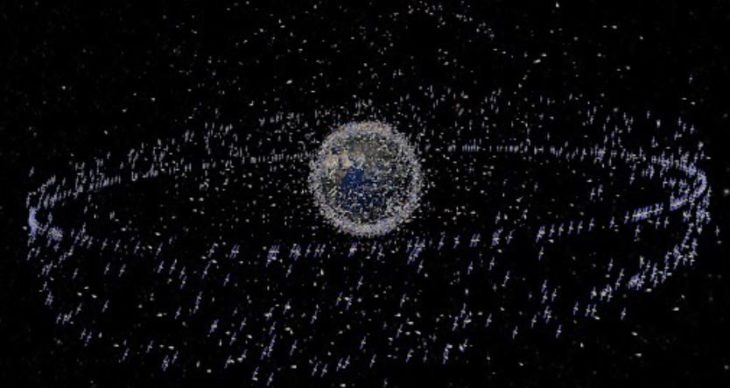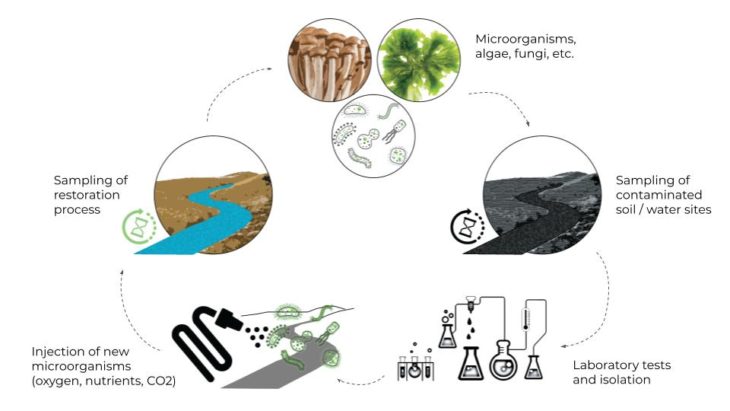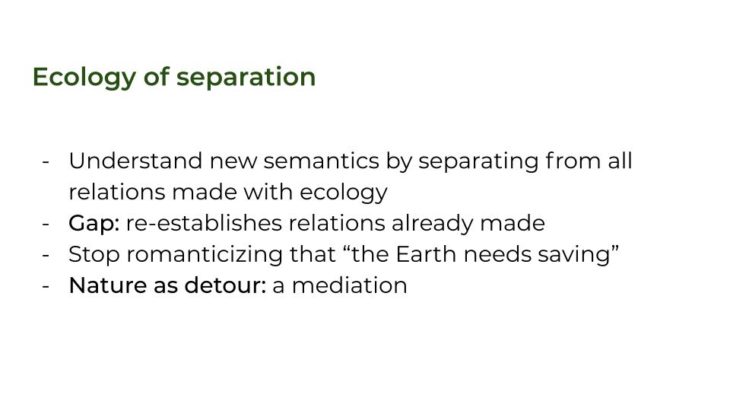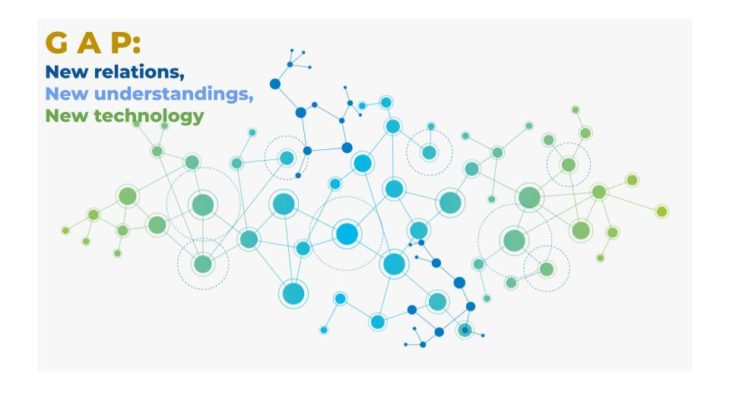“Introduction to general ecology: The ecologization of thinking”
General Ecology by Erich Hörl / Topic: Industrial Bioremediation
Extended Abstract
Introduction to general ecology is a resumed explanation of how the meaning of ecology has been constantly shifting due to historical, geological, political and social events that have changed our way of creating and thinking. Due to new relationships in this era, the author explores further transformations of it’s meaning and sense by giving a brief description of each chapter and their authors, the different positions of what ecology stands for.
Some meanings have tendencies toward sensation, cognition and values, others to science, technology, politics and power. The reading begins by questioning why ecology can’t be considered as the same definition we usually refer to since the ninety century. A word fully charged with nature, but nowadays as Hörl says “the concept is increasingly denaturalized…it now practically calls for an ecology without nature”.
Through a new era of materiality, the 70’s was the start of a new sense for ecology, the implementation of new technologies plus the converging of more collaborative interdisciplinary studies such as “human and nonhuman agents”, began to rethink a condition fully charged in technology giving meaning to a new concept and sense to what ecology could be further on.
Having this said, Hörl says we enter a “collapsation” of the ecological era that we live in, the Anthropocene. Stating that humans are not the only central agent in history, this is an illusion or a proliferation because we caused the appearence of the technosphere. So it shouldn’t be called the anthropocene but technocene era.

Graphic of the trackable objects in orbit around Earth. Photo: European Space Operation Center.
What is Industrial Bioremediation ?
Industrialization has played an important role in threatening and pressuring the environment by chemically polluting the biosphere, where most of our soils and sediments are affected by. Bioremediation is a waste management technique that involves the use of organisms to remove or neutralize pollutants from a contaminated site, the microorganisms used to perform the function of bioremediation are known as Bio Remediators.
Studies have shown that industrial remediation is one of the least expensive remediation alternatives, it has flexible processes due to the evolveness of microorganisms and minor use of equipment during its treatment generating less pollution.

Diagram explaining the process of Bioremediation. Mónica Pérez and Andrea Rubio, 2021.
Position
We propose a technoecology gap to helps us be aware that we’re not going to fully change our environmental conditions because we’re not “saviors of the planet”, but we can understand its problematics and help ourselves with technological developments created by us and mitigate some of the consequences to improve our surroundings.
 Inspite that industrial bioremediation is the perfect example of interdisciplinary coalition between ecology, science and technology (relations as technoecology) and that its becoming a more global solution, we propose a gap on this big scale processes because they’re not always replicable in the same way and on every part of the world.
Inspite that industrial bioremediation is the perfect example of interdisciplinary coalition between ecology, science and technology (relations as technoecology) and that its becoming a more global solution, we propose a gap on this big scale processes because they’re not always replicable in the same way and on every part of the world.
There continues to be many instances of failed reduction of contamination levels through industrial bioremediation, processes are often too slow due to solutions that are presented as “quick fix technologies” when microbial interventions haven’t been through more accelerated treatments.
The intention of this gap is to re-understand bioremediation in a more local way first, lest to target the problem and undertake it in a more efficient way, so it doesn’t end up harming us or becoming a failure by the time we intend to do a mass production of it. The importance of measuring and managing resources with technology by locality to re-learn how nature responds in a variety of conditions for a more controlled use of materials and environmental limits.

Diagram explaining the gap. Mónica Pérez and Andrea Rubio, 2021.
“The gap between technoecology and bioremediation” is an essay developed at Valldaura labs, from the Masters in Advanced Ecological Buildings and Biocities (2021-22)
Students: Mónica Irene Pérez & Andrea Paola Rubio Paredes
Faculty: Jordi Vivaldi